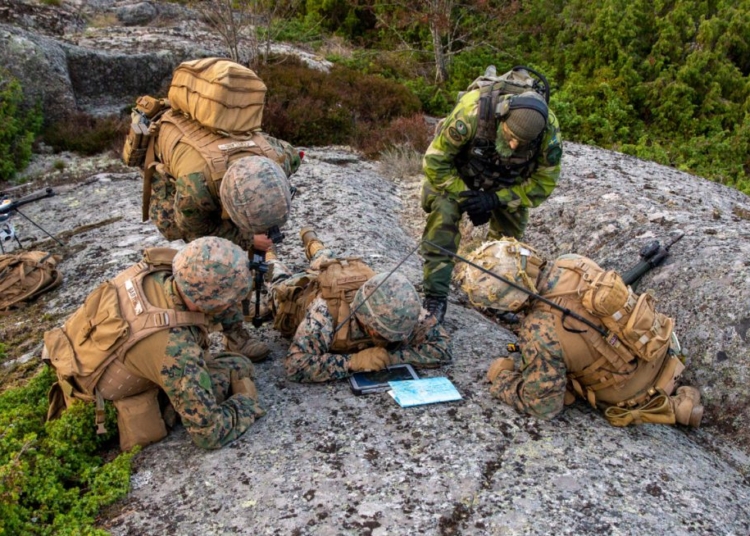Drones have revolutionized military operations, offering enhanced surveillance and intelligence gathering capabilities. With their advanced technologies, drones provide real-time situational awareness without jeopardizing human lives. They also enable precision strikes and targeted attacks, minimizing collateral damage while maximizing the impact of military operations. Additionally, drones reduce the risk to personnel by eliminating the need for human pilots in hazardous missions. They are invaluable tools in counter-terrorism and counter-insurgency operations, providing persistent surveillance and enhancing national security. Drones also bring logistical advantages and cost-efficiency, with their compactness and lower operational costs. The game-changing impact of drones in military operations is undeniable and will continue to shape future conflicts.
The Game-Changers: The Revolutionary Impact of Drones in Military Operations
Introduction
Over recent years, drones have emerged as a revolutionary tool in military operations, offering unprecedented capabilities and transforming the nature of warfare. These unmanned aerial vehicles (UAVs) have swiftly gained popularity due to their versatility, flexibility, and the advantage they provide on the battlefield. In this article, we will explore the game-changing impact of drones in military operations.
Enhanced Surveillance and Intelligence Gathering
Drones have revolutionized surveillance and intelligence gathering by providing real-time situational awareness to military forces. Equipped with high-definition cameras, infrared sensors, and other advanced technologies, drones can conduct aerial reconnaissance and gather critical intelligence without putting human lives at risk. They provide an unparalleled ability to monitor enemy movements, identify potential threats, and assess the battlefield terrain, enabling military commanders to make informed decisions and plan their strategies more effectively.
Precision Strikes and Targeted Attacks
One of the major game-changing aspects of drones in military operations is their capability to carry out precision strikes and targeted attacks. With their advanced guidance systems and onboard weapons, drones can precisely target enemy positions, infrastructure, and even individuals with minimal collateral damage. The ability to hit specific targets with precision significantly reduces the risk to friendly forces and civilians while simultaneously maximizing the impact of military operations.
Reduced Risk for Personnel
The use of drones also significantly reduces the risk to military personnel. By eliminating the need for human pilots in the aircraft, drones can undertake hazardous and high-risk missions, such as deep penetration into enemy territory or reconnaissance in hostile environments, without endangering human lives. This allows military forces to gather essential information and carry out operations that would otherwise be too dangerous or impossible. The human operator can remotely control the drone from a safe distance, minimizing the physical risk while still maintaining full control of the mission.
Counter-Terrorism and Counter-Insurgency Operations
In counter-terrorism and counter-insurgency operations, drones have proven to be invaluable tools. They offer persistent surveillance capabilities, which are especially critical in tracking and targeting elusive enemies. Drones can loiter in the air for extended periods, providing around-the-clock surveillance over areas of interest. This allows military forces to quickly identify and neutralize threats, disrupt enemy logistics, and gather intelligence on terrorist networks, ultimately enhancing national security and safety.
Logistical Advantages and Cost-Efficiency
Deploying drones in military operations also brings significant logistical advantages and cost-efficiency. Unlike traditional manned aircraft, drones do not require large runways, extensive maintenance facilities, or complex support infrastructure. They are compact, lightweight, and can be launched from various platforms, including land, sea, and air. This flexibility allows for rapid deployment and agile operations, saving time and resources. Furthermore, drones have lower operational and maintenance costs compared to traditional aircraft, thus making them a more cost-effective option for militaries around the world.
Conclusion
In conclusion, the advent of drones has brought about a paradigm shift in military operations. By providing enhanced surveillance and intelligence gathering capabilities, the ability to conduct precision strikes, reduced risk to personnel, efficient counter-terrorism operations, and cost-effective solutions, drones have become game-changers in the modern battlefield. As technology continues to advance, it is no doubt that drones will play an even more significant role in future military conflicts, further revolutionizing the way wars are fought.












